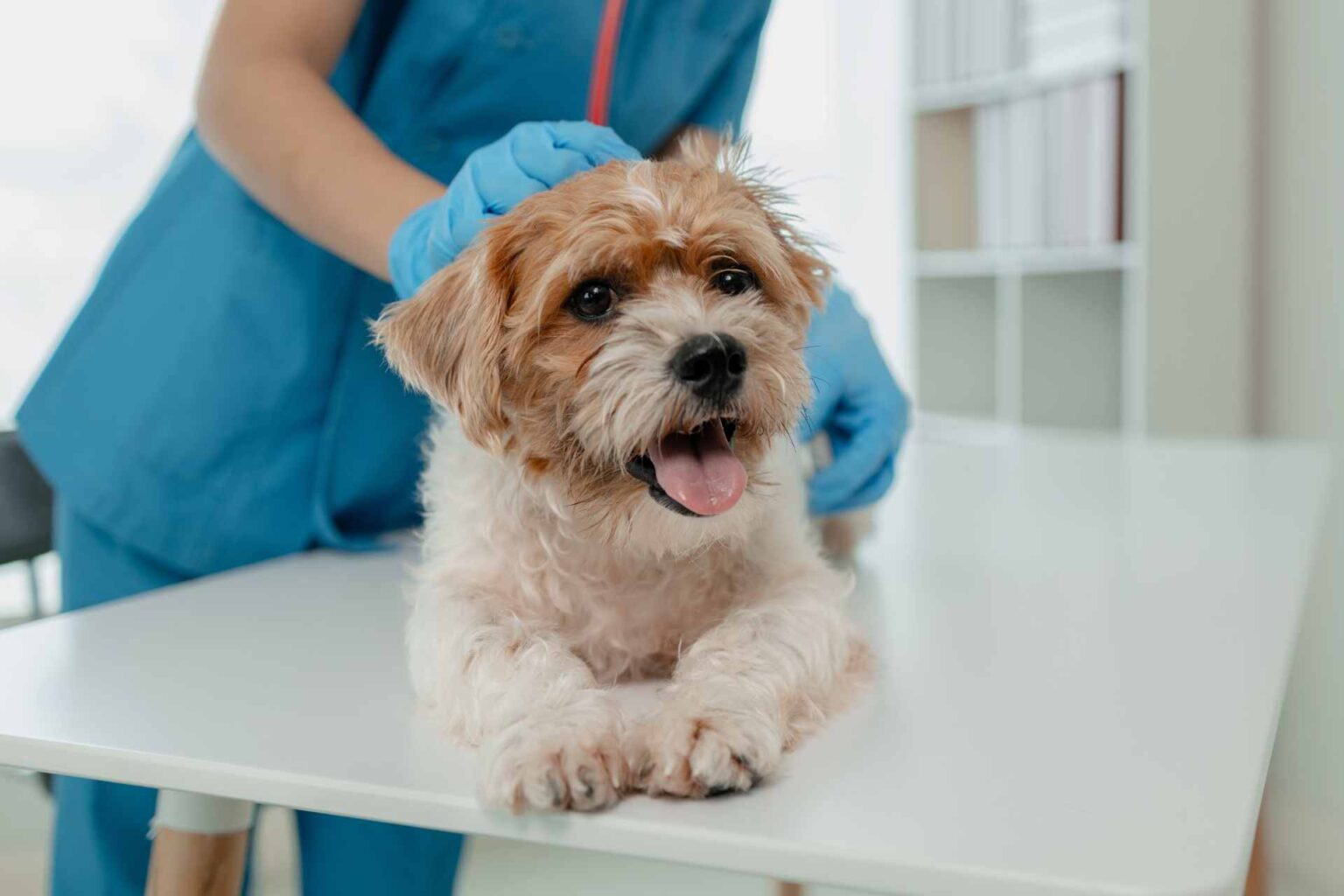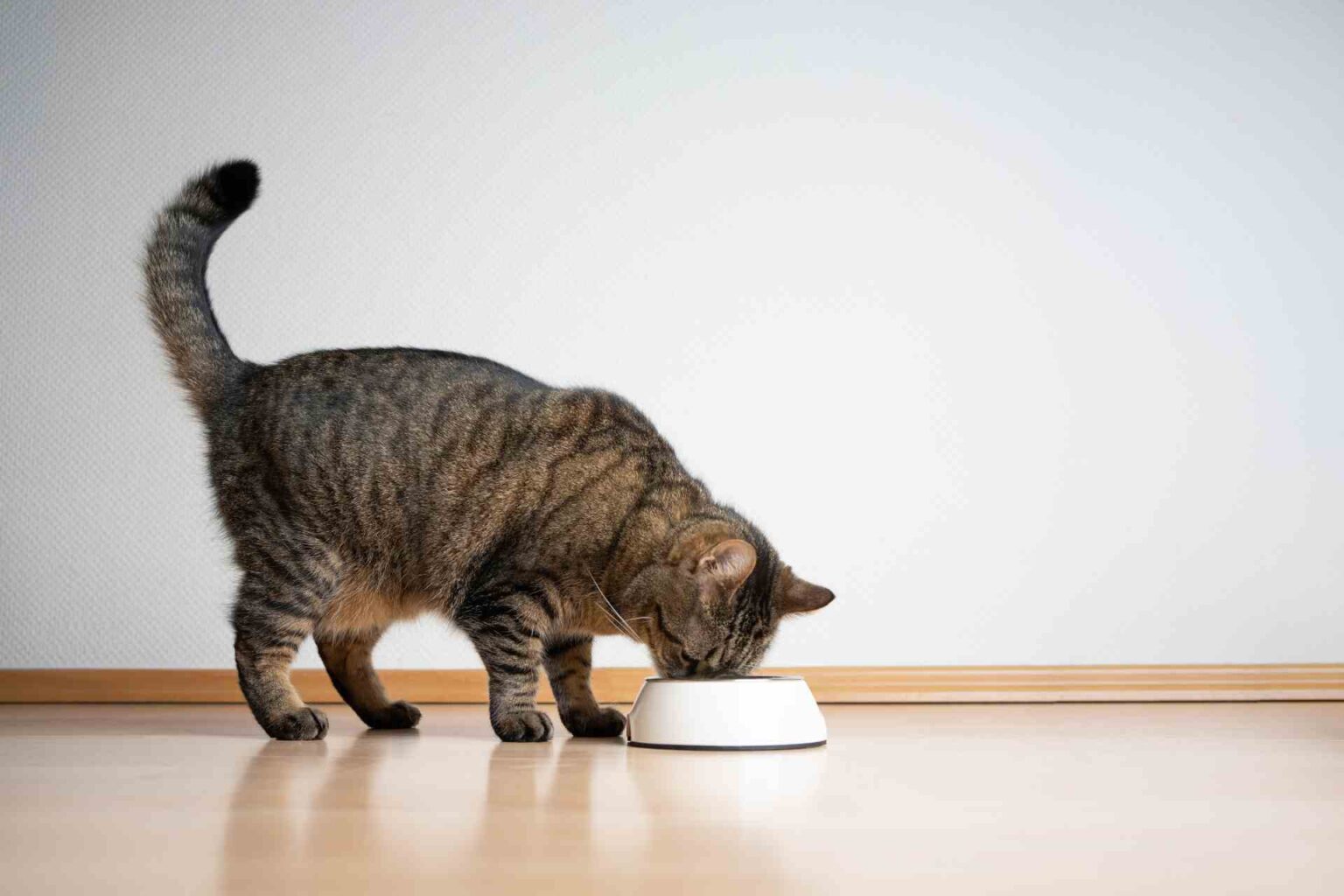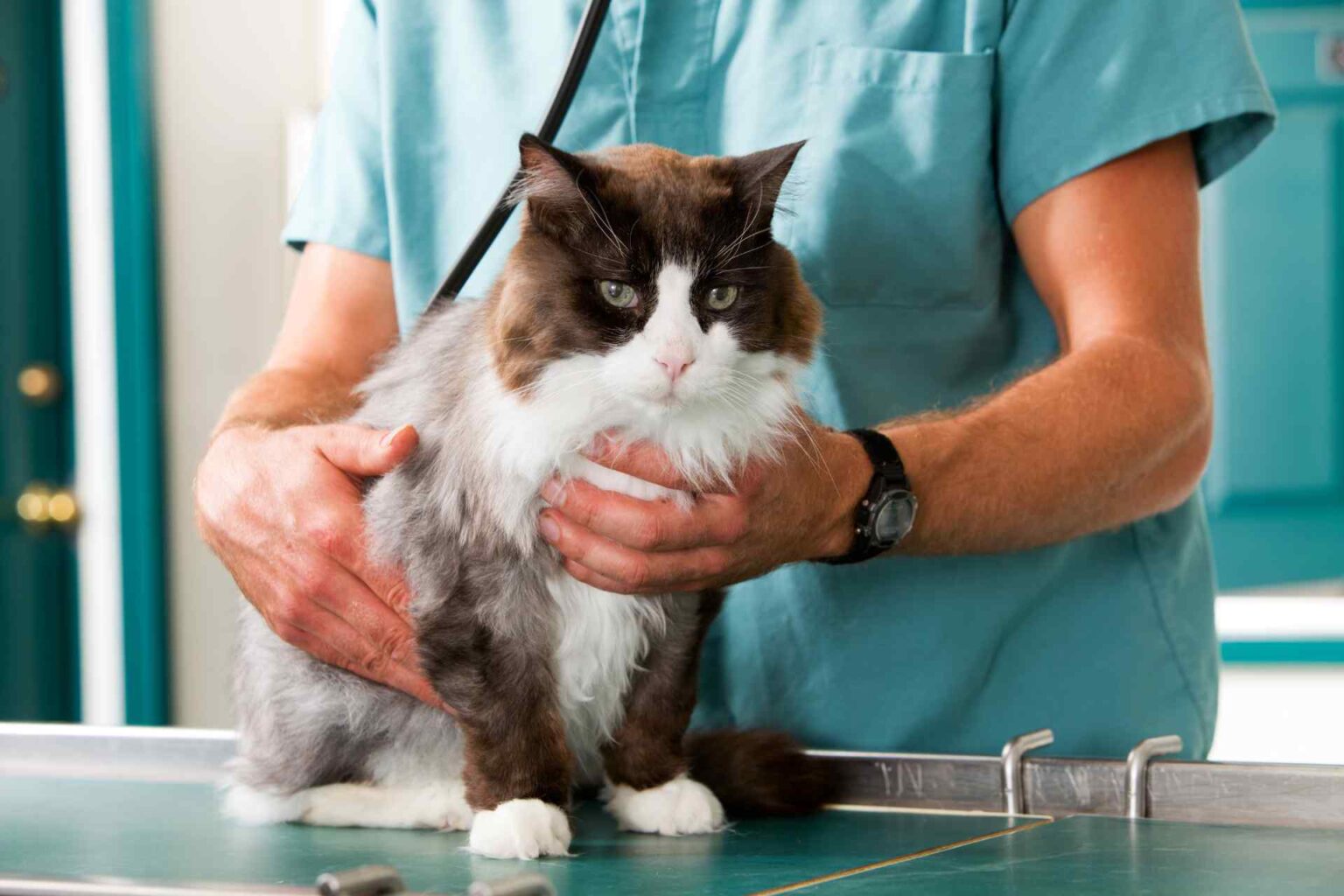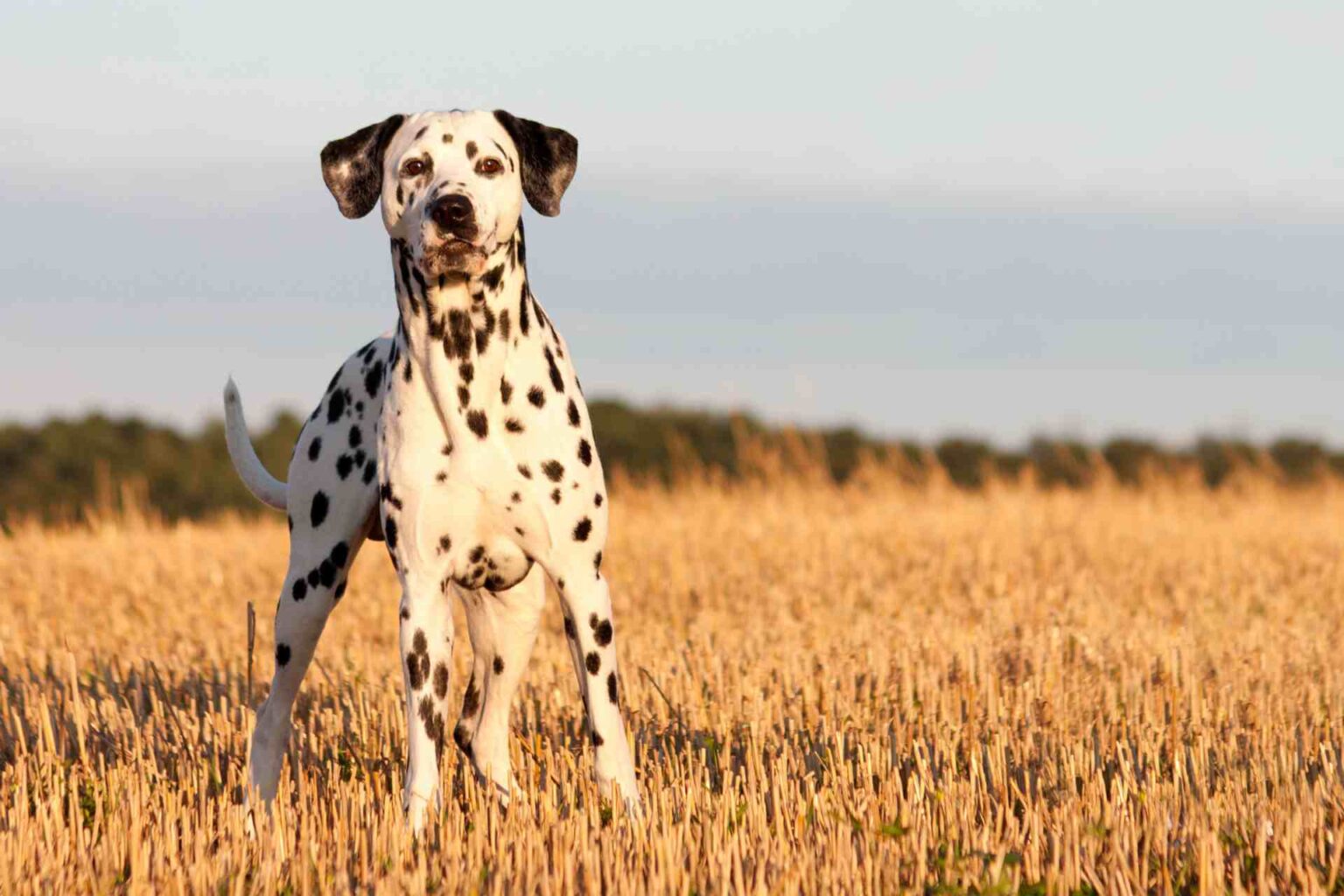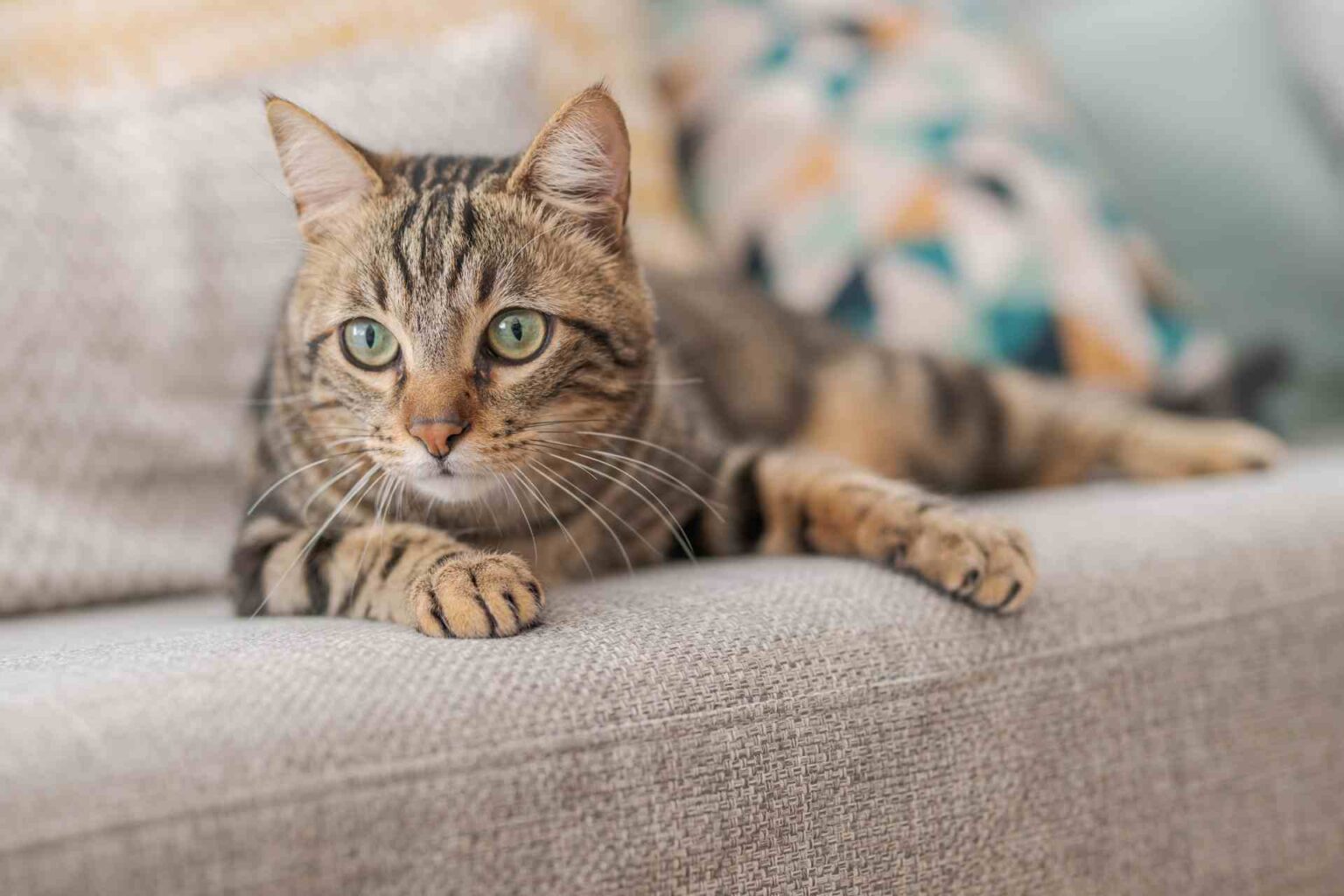In the bitch, recurrent infections of the genito-urinary tract are a frequent problem, which may be accompanied by bacterial complications such as vaginitis, infertility, abortion, or cystic endometrial hyperplasia. Moreover, the vaginal epithelium and mucosa are characterized by the presence of a physiological microflora-the vaginoma-that consists of aerobic and anaerobic microorganisms. In fact, the physiological vaginal microbiota represents a defense against pathogenic bacteria, and disorders of the genito-urinary tract are often thought to be associated with changes in the composition of the local microflora. However, little information is currently available on the qualitative and quantitative composition of the vaginal microbiota of healthy bitches and those with genito-urinary infections, and data in the literature appear contradictory. Therefore, a study conducted at the University of Krakow, Poland, and published in the journal BMC Veterinary Research determined the composition of the local microflora at different stages of the estrous cycle in two groups of bitches: one consisting of females with genital tract infections, the other of healthy females.
The arrangement of vaginal bacterial flora
The Polish study involved 39 bitches in total: 10 with genital tract infections (8 in anestrous and 2 in proestrus) and 29 healthy (16 in anestrous, 9 in proestrus and 4 in diestrus). The most frequent bacterial strains isolated from the vaginal tract of all bitches were Escherichia coli (16/39), Staphylococcus pseudintermedius (15/39) and Streptococcus canis (13/39). The prevalence of Gram-negative rods — apart fromE. coli — was significantly higher (p<0.05) in the group with genital tract infections (5/10 vs 4/29). In the vaginal specimens, neither Chlamydiaceae, nor Chlamydia abortus nor lactic acid-producing bacteria and the total number of bacteria was found to be practically the same in both groups, as in the different phases of the estrous cycle, during which some variability in bacterial quantity and composition was noted, however.
Changes in the stages of the estrous cycle
Commenting on the results, the authors point out the significant increase of E. coli and other Gram-negative rodsin bitches with genital tract infections during anestrous, while S. pseudintermedius was predominant in healthy bitches at the same stage. The population of Gram-negative bastoceles was about the same in the oestrus phase of the first group, while there was a significant increase in Enterococcus spp. and a similar reduction in E. coli in the proestrus phase. In the proestrus phase of healthy bitches, Streptococcus canis was found to be more present, while the presence of Enterococcus spp. was noted more often in the group with genital tract infections. Thus, it can be hypothesized that Staphylococcus spp. and Streptococcus spp. play a protective role against the action of more harmful pathogens, or that this depends on the presence of blood in the vagina during proestrus. As already observed in other studies, this case also shows that the presence of Mycoplasma spp. is frequent in the genital tract, although it is not related to symptoms of infection.
Ultimately, some more information emerges from the Polish work on thequali-quantitative arrangement of the local microflora during the various phases of the bitch’s estrous cycle in the presence or absence of genital tract infection, although the interpretation of the results remains to be deciphered in terms of therapeutic choices. In the bitch without evidence of genital disorders, in particular, the study of vaginoma is of little significance for the time being and in any case should always take place after clinical evaluation and cytological examination of the vaginal epithelium.
Reference
Golińska E, Sowińska N, Tomusiak-Plebanek A, et al. The vaginal microflora changes in various stages of the estrous cycle of healthy female dogs and the ones with genital tract infections. BMC Vet Res. 2021;17(1):8. Published 2021 Jan 6. doi:10.1186/s12917-020-02710-y





